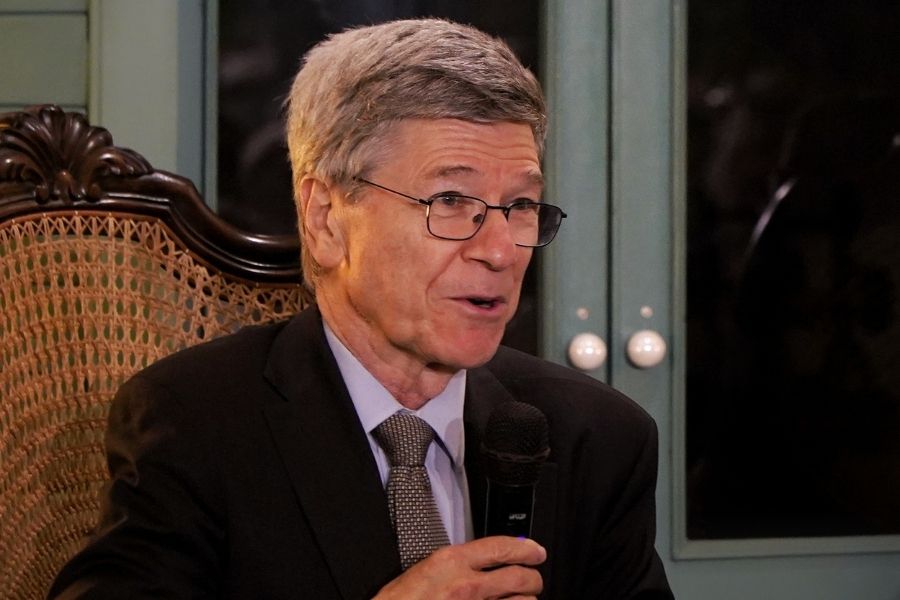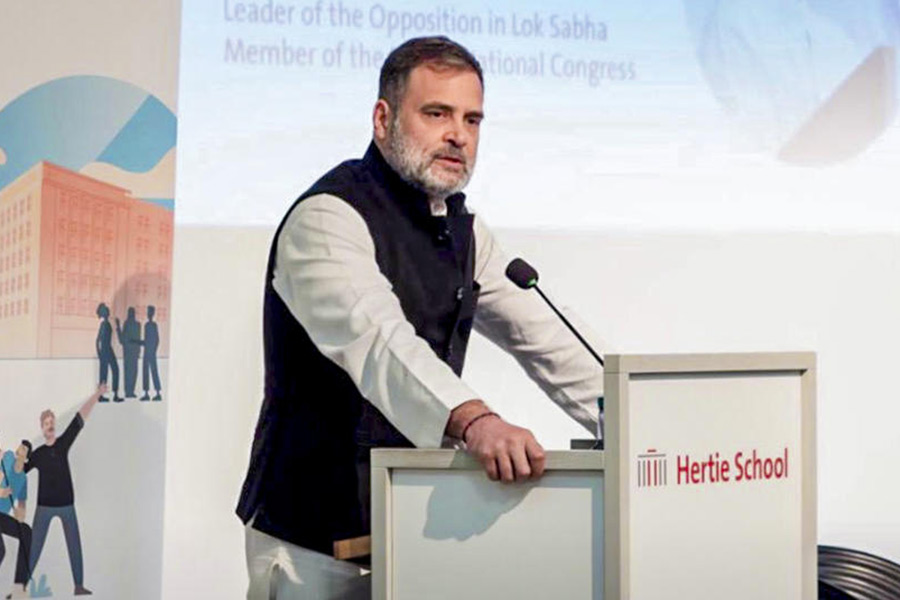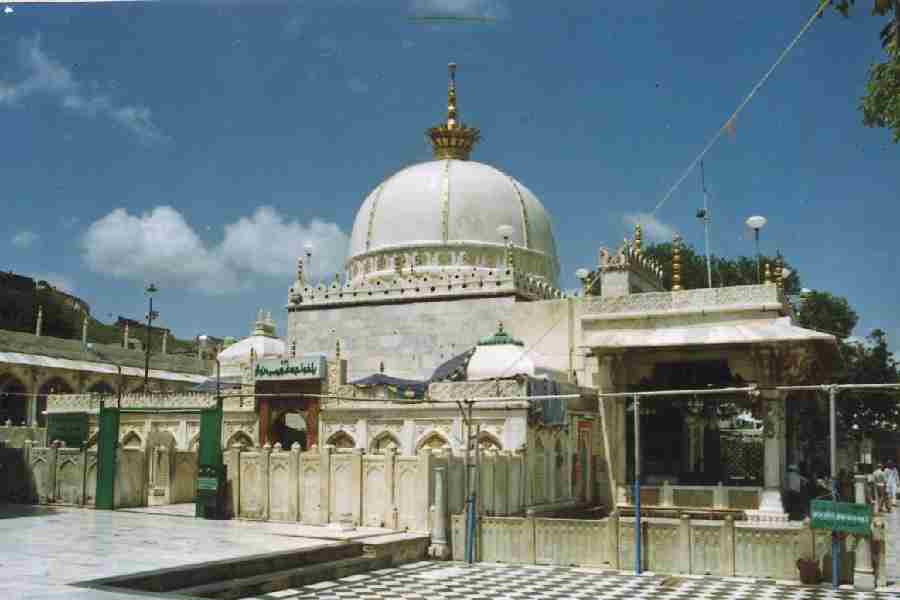The relationship of Rabindranath Tagore with M.K. Gandhi has been documented and discussed in a number of books. The present volume of letters enlarges this to a trialogue, bringing in the British missionary, Charles Freer Andrews. He is known to be the ‘link’ between the poet and the Mahatma. Reading these letters, we understand that Andrews is much more: he is an equal partner of both. While he is deeply appreciative of them and takes his role as a friend very seriously, he is never awestruck by their fame. This allows him to question and criticize Tagore and Gandhi without challenging the foundations of their relationships. Andrews was self-effacing, yet able to lay bare his spiritual and intellectual struggles before these two famous men and receive their attention and love. For me, the discovery of Andrews’s sterling qualities as a friend, as a lover of India, of Tagore and Gandhi is what makes this epistolary account so precious.
The editor, Uma Das Gupta, a historian, has been untiring in her efforts to throw light on Tagore’s life and on the history of Santiniketan. She has translated his writings on education and nationalism, published several correspondences and been a conscientious researcher on Tagore and his time.
Friendships is a collection of letters written between 1912 to 1940, when, with Andrews’s death, this triad of correspondence reached its natural end. Andrews began as a priest of the Anglican church, but he was deeply affected by the inequities of colonial rule and by the study of Hinduism. Many letters allude to his struggle to be true to Christ but equally true to his conscience which told him that Christian churches went astray in India and were ‘un-Christian’ in their exclusion of other faiths. Andrews broke free from his church and moved far ahead of his time by accepting Hinduism as coequal to Christianity and hence of special importance to any Indian Christian. The criticism he got from members of his community after he left the Anglican priesthood is ignominious but hardly surprising.
This volume of 500 pages (plus 90 pages of a meticulous Introduction) is a selection of the correspondence between these three personalities. The letters — partly published, partly still unpublished — are drawn from a wide variety of sources. To ‘connect the story’, the editor adds quite a few letters to and by relevant friends and politicians in the early chapters of the book.
The special value of these letters is that they introduce personal, even intimate, sentiments into the political and social sphere and demonstrate their interconnectedness. Some of the themes shared by all three are, naturally, India’s freedom, its Hindu-Muslim conflict and the eradication of untouchability. There is the search for love that conquers enmity, for truth and inner peace amidst adversity, but also, especially in Andrews’s and Gandhi’s letters, the subject of suffering, while Andrews and Tagore often refer to their loneliness.
It must have been an excruciatingly difficult task to select these letters from the mass of available ones and then give them an intelligible sequence. The natural sequence for a correspondence is a chronological one. However, as focus is on the personal and political conflicts, Das Gupta decided on a theme-wise order. Readers who accept being taken back to around 1913/14 in almost each of the 14 chapters and then moving forward again, will find such a scheme felicitous. But it makes for quite a few loose ends. For example, a stunning critique by Andrews of Gandhi’s penchant for taking vows virtually cries for a rebuttal by the Mahatma. But none follows; and if there was indeed none, we would have liked to know. Admittedly, I can think of no non-controversial order which could unfold the narrative without breaks and zigzags.
The book has 18 appendices, and notes for every letter. Many of them are rather cryptic and could bear elaboration. The habit of referencing names to former chapters (rather than page numbers) is unfortunate. Which reader wants to rummage for a name in a chapter of 30 pages? These critical remarks apart, I must congratulate the editor for a selection of letters which leads deep into the heart of India’s struggle for political, social and emotional independence through the minds of three of modern India’s greatest men.
Friendships of ‘Largeness and Freedom’: Andrews, Tagore, and Gandhi — An Epistolary Account, 1912-1940 Edited by Uma Das Gupta, Oxford, Rs 1,495










